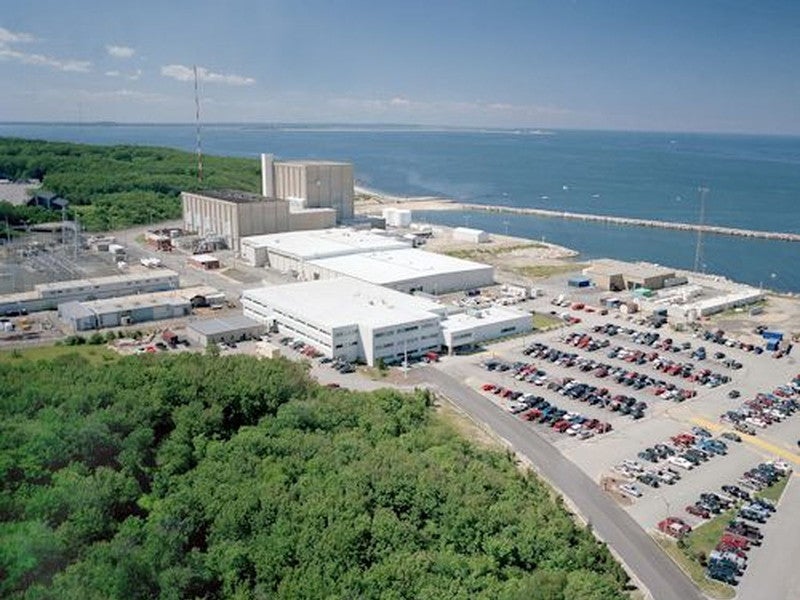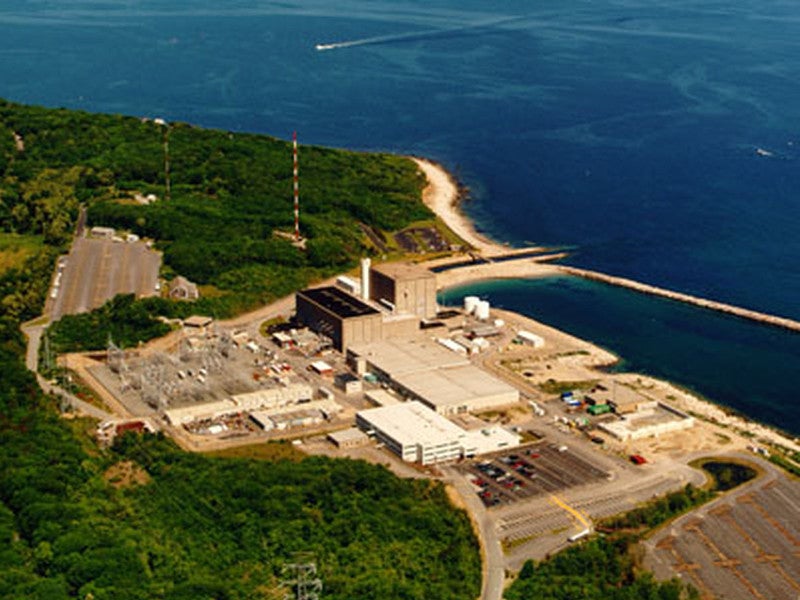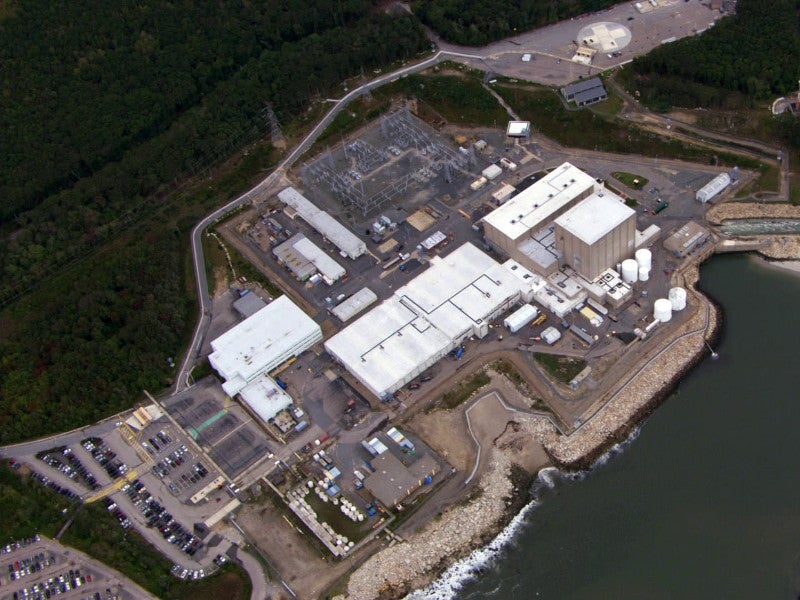The 677MW Pilgrim nuclear power plant (NPP) located in Massachusetts, US, is being decommissioned after being operated for approximately five decades.
The plant entered the phase one of decommissioning with the completion of nuclear fuel removal from the reactor into the spent fuel pool in January 2019, while permanent shutdown was achieved in May 2019.
Entergy Nuclear Operations, a subsidiary of Entergy Nuclear Generation Company (ENGC), was the owner and operator of the Pilgrim NPP before its shut down.
The NPP was acquired by Holtec Decommissioning International (HDI), a subsidiary of Holtec International, to carry out decommissioning activities at the site, in August 2019.
The Pilgrim NPP decommissioning project is estimated to cost £930m ($1.13bn).
The site restoration works to meet the US Nuclear Regulatory Commission (NRC) requirements are expected to be completed by 2027, while the removal of all spent fuels of the facility is scheduled for completion by 2063.
Pilgrim nuclear power plant decommissioning details
Decontamination (DECON) method will be employed to decommission the Pilgrim NPP, whereby all structures and components contaminated by radioactivity will be removed from the site by 2027.
The initial phase of decommissioning involves the removal of the asbestos-containing materials (ACM), segmentation and dismantling of the reactor vessel internals (RVIs) and reactor pressure vessel (RVP), as well as the dismantlement of the fuel rods, equipment pool, and other associated components.
The site restoration will also involve the removal of mixed wastes, apart from radioactive waste management.
The plant will initially be under a deactivation phase, wherein isolation of the power generating units will take place. Subsequently, the nuclear fuel will be removed in the safe storage operation (SSO) stage.
Under the SSO stage, the radioactive reactor fuel will be removed from the spent fuel pool (SFP) and stored at the dry independent spent fuel storage installation (ISFSI) facility. The dry fuel storage facility will contain a total of 4,114 fuel assemblies in 61 dry cask systems.
Pilgrim NPP decommissioning project background
The operation license for the Pilgrim NPP was issued by the NRC in June 1972. The plant was brought into operations in December 1972. It generated sufficient electricity to power approximately 600,000 US households a year.
Entergy acquired the Pilgrim NPP from Boston Edison in 1999, while the NRC extended the plant’s operating license for an additional 20 years, in May 2012.
In October 2015, however, Entergy announced plan to shut down the plant as part of its strategy to exit the merchant power business and notified the NRC of the plant closure in the month that followed.
Entergy and Holtec International filed a request with the NRC to approve the sale as well as the transfer of licence along with the £857m ($1.05bn) Nuclear Decommissioning Trust Fund for the NPP in November 2018.
The NRC approved Holtec’s acquisition of the Pilgrim NPP along with the license transfer from Entergy in August 2019.
Pilgrim NPP decommissioning contractor
Comprehensive Decommissioning International (CDI), a joint venture between Holtec Decommissioning International (HDI) and SNC-Lavalin Group, was selected as the general contractor for the decommissioning project in November 2018.
Pilgrim NPP location and plant make-up
Encompassing 56.65ha, the Pilgrim NPP site lies on the western shore of the Cape Cod Bay, in Plymouth County, Massachusetts.
The NPP was developed with a 677MW boiling water reactor (BWR) unit containing 580 fuel assemblies. GE provided the steam supply system for the unit.
The NPP also houses a diesel generator building, an off-gas retention building, a switchyard, and associated auxiliary infrastructure.
The Pilgrim nuclear power facility is estimated to have produced 192.76TWh of electricity, operating at 70.7% load factor, when it was operational.





